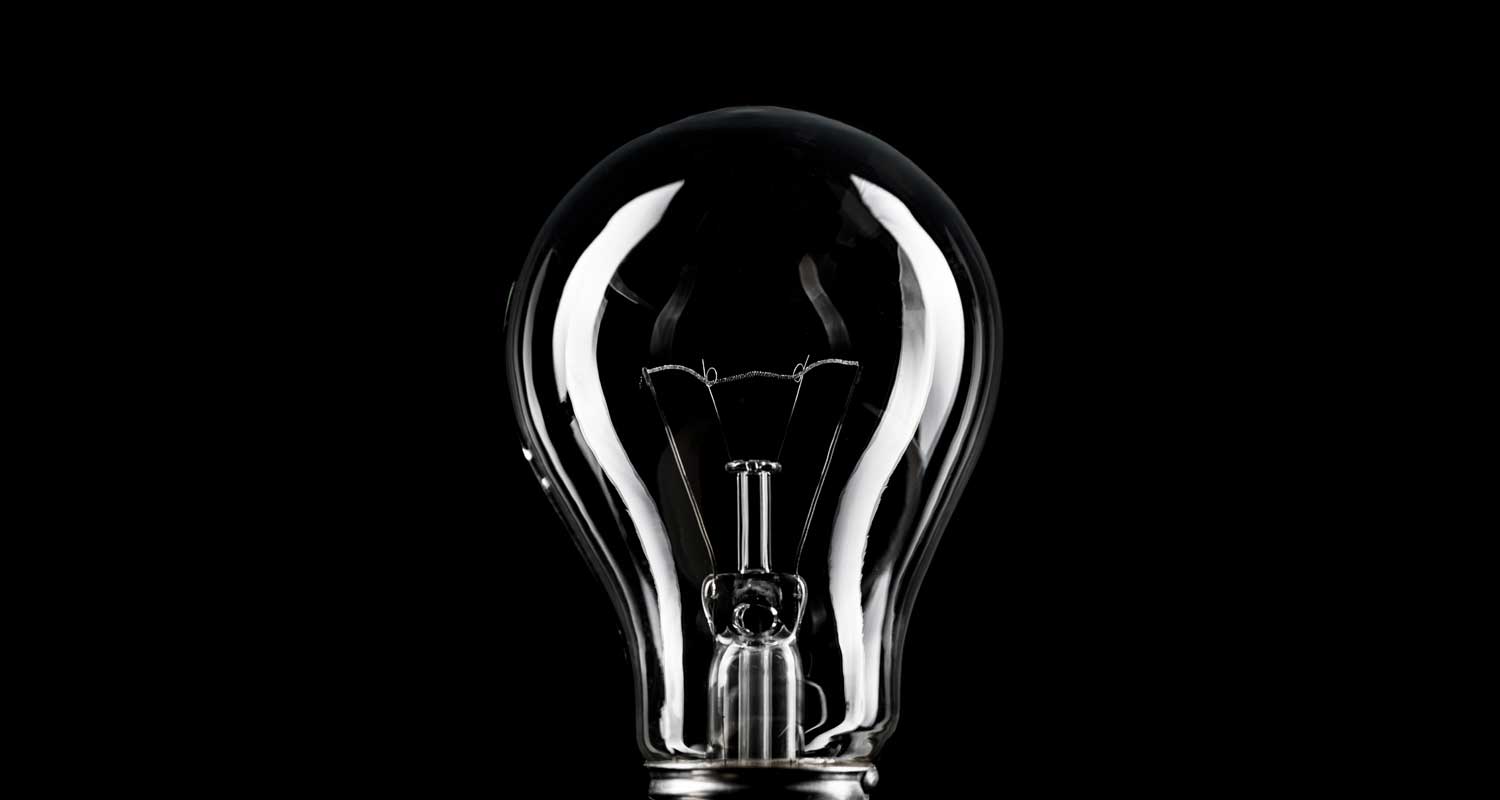 Worldwide experience has revealed that a government-owned vertical monopoly in the generation, transmission, distribution and sale of electricity is the most inefficient arrangement for attaining the lowest-cost and most reliable delivery to consumers.
Worldwide experience has revealed that a government-owned vertical monopoly in the generation, transmission, distribution and sale of electricity is the most inefficient arrangement for attaining the lowest-cost and most reliable delivery to consumers.
Many countries have thus set out to remedy the deficiencies by changing their electricity distribution and generation structures. The South African government, which inherited an electricity monopoly from its pre-democracy predecessor, did not embark on urgently needed reform to bring the country’s electricity system into line with modern experience.
The state-owned enterprise Eskom now probably embodies a case study of everything that should not be done if a government wishes to achieve the best electricity results for its citizens. South Africa’s experience with its electricity delivery systems has demonstrated that such systems should be planned and developed with great care. Experience has shown electricity generation and delivery systems should not be undertaken by teams under the control of government officials.
To remove potential conflict between Eskom and the entry of independent power producers (IPPs), the transmission grid should be owned and managed by an experienced independent grid management company.
The UK government sold its transmission grid to the National Power Company, subject to price and other regulation by Ofgem to solve this problem. In 2009, the EU issued a directive to member countries that reads: “Without effective separation of networks from activities of generation and supply (effective unbundling), there is an inherent risk of discrimination, not only in the operation of the network but also in the incentives for vertically integrated undertakings to invest adequately in their networks.”
A longer-term Southern African objective could include connecting all IPPs in Southern Africa to a common grid that eventually covers all sub-Saharan grids, which would link with the South African and sub-Saharan grids as they extend northwards.
Learn from the NERC
As this process occurs it would appear from the American experience and the growth of production in the southern areas of Africa, that a good case can be made for the establishment of a competent organisation, similar to the North American Electricity Reliability Corporation (NERC), to monitor the additions to the African grids to ensure reliability and security.
The NERC is a not-for-profit international regulatory authority whose mission is to assure the effective reduction of risks to the reliability and security of the grid. It develops and enforces reliability standards and annually assesses seasonal and long‐term reliability. It monitors the bulk power system through system awareness, and educates, trains and certifies industry personnel.
Read: Eskom in dire straits
The NERC’s area of responsibility spans US, Canada and the northern portion of Baja California in Mexico. It is the electric reliability organisation for North America, subject to oversight by the federal energy regulatory commission and governmental authorities in Canada. NERC’s area of authority therefore includes owners and operators of the bulk power system, which serves nearly 400 million people.
Details were recently revealed of plans to create a grid that would incorporate the following 12 sub-Saharan countries: South Africa, Mozambique, Burundi, Tanzania, Kenya, Uganda, Ethiopia, Sudan, Chad, Nigeria, Malawi and Niger. The team of electricity economists that conducted the cost calculations for this large African project were from China, Turkey and Nigeria.
 The plans are in the initial stages, but all aspects of the feasibility of the project have apparently been confirmed in principle. Should the project be adopted and confirmed, South Africa will have to conduct much groundwork.
The plans are in the initial stages, but all aspects of the feasibility of the project have apparently been confirmed in principle. Should the project be adopted and confirmed, South Africa will have to conduct much groundwork.
Participation in such a project may be just what Eskom needs to bring it out of the load-shedding malaise into which the SOE has fallen. A substantial change in the management of Eskom would be inevitable.
In the longer term, if the building of the envisaged power grid is completed successfully and in good time, the integrated grids would transform the economies of the entire sub-Saharan Africa.
- The author, Eustace Davie, is a director of the Free Market Foundation and author of Unchain the Child

